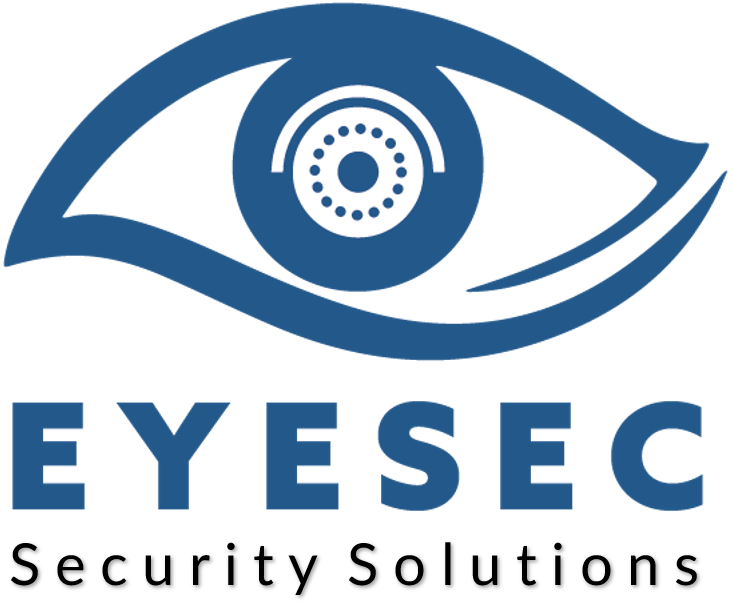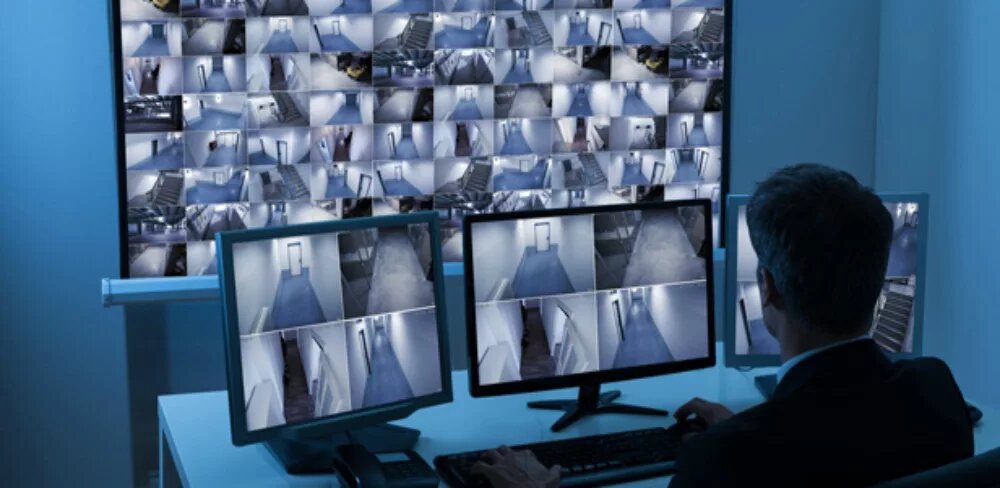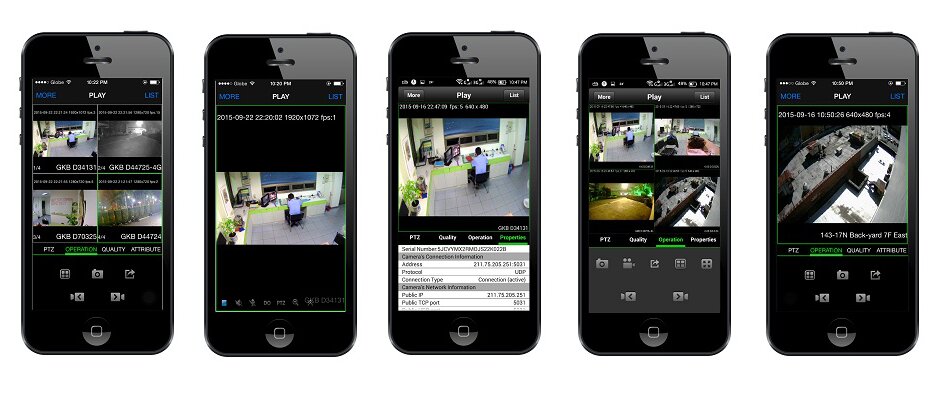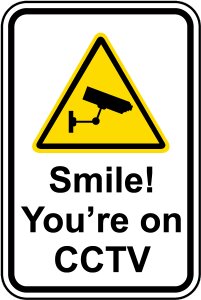The 4 Types of Burglars And How To Protect Against Them
When asked for the definition of a burglar, most of us would agree that it is a person gaining unlawful entry into a building with the purpose of stealing something which does not belong to them.
Likewise, people often see burglars as an opportunist, acting on the spur of the moment… but with crime on the increase, this is not always the case, and there are many different types of burglars.
There’s a vast difference between a young offender breaking into a house on the off-chance of making some quick cash, and the seasoned criminal who has been carefully targeting his victims for many months leading up to a break.
Here, we profile the 4 main types of burglar and their methods

Burglar type 1 - The Opportunist
Opportunists will gain easy access through an open window or unlocked door.
The opportunist burglar, also known as the amateur, is one who searches for targets that are quick and easy to break into. Opportunists are not the type of thief to plan a break-in – they simply prey on someone else’s misfortune or forgetfulness. Whether it’s a homeowner who has left their door unlocked or someone who has left a window open, the opportunist burglar will take advantage.
Items at risk:
Anything that can be exchanged for cash and things that can be grabbed quickly with minimal fuss. It’s unlikely that much will get stolen.

Burglar type 2 - The Smasher
Smashers will break into a property.
As the name suggests, the smasher will crash their way into a home. The smasher is still an opportunist, but is often seen as being a little more ‘desperate’, ‘messy’ and ‘chaotic’. They will act on the spur of the moment, but instead of taking advantage of an open door or window, they will break into a property by smashing a window or by kicking in a door.
Items at risk:
They peer through windows and go from garden to garden – they will just grab anything that looks expensive and can be quickly converted to cash.
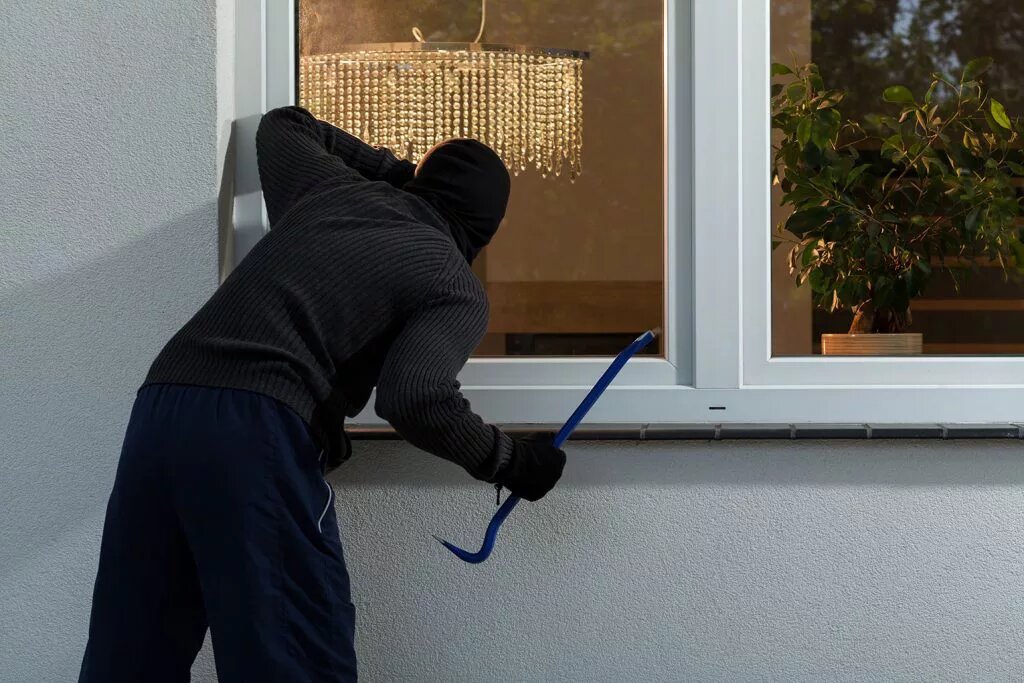
Burglar type 3 - The Prowler
Prowlers often watch properties for some time before choosing their moment.
The prowler is a different type of burglar as they will actually plan before carrying out a burglary. They will take the time to watch their chosen targets – “prowling” the area until they are satisfied that they have something of value to steal, and also getting used to the victims’ daily routine.
Items at risk:
The prowler is probably a former opportunist who has decided to put more effort into stealing and taking more time to target properties to find something valuable. They will look in less obvious places for your valuables.
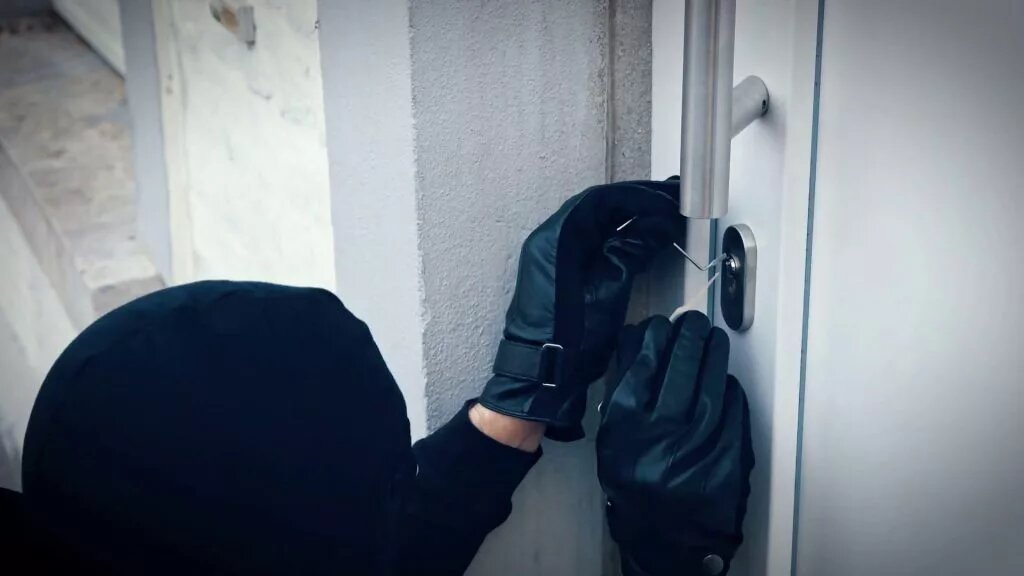
Burglar type 4 - The Professional
The professional burglar is by far the scariest. Records have shown that they are far more likely to be violent if disturbed or disrupted.
They are often part of a highly-organised group who will target high profile properties or wealthy estates.
Items at risk:
They know what they are looking for and they have all the equipment to successfully carry out the burglary. they may already know where you keep your prized possessions and will stop at nothing to get their hands on them.
So, how does one protect themselves from all of the burglar types?
The answer is our professionally installed Eyesec CCTV Packages for the Home
Not only does our Eyesec CCTV Packages provide a great deterrent to theft and burglary – many homeowners are using it to prevent against anti-social behaviour.
These cameras are very good. I had them installed to stop people using my garden as a short cut and to try and find out who it was. I haven't found the culprit but, I've had no problems since they were fitted. Excellent.
Our Eyesec CCTV Packages provide a great deterrent against theft and burglars
Our high profile Eyesec cameras and sign-age used well can reduce crime significantly. Leaving you with a safe home and peace of mind.
All footage is recorded onto a Digital Video Recorder we provide for you.
We are giving you peace of mind that any activity in and around your home is being recorded.
View on your Phone/Tablet/T.V
We can set your Eyesec CCTV System to be viewed on your Smart Phone or tablet – just ask. Our expert installers will ensure that you have the best viewing option.
PIR Deterrents
Our Eyesec CCTV cameras come with motion detection built in. The moment a possible intruder steps foot on your garden the camera will emit a flashing white light, letting them know they are being monitored and recorded.
We have the best options on the market.
Eyesec Smart Home Solutions are experts in supplying and installing a fantastic, high-quality range of residential CCTV systems. We have a large range of options and configurations to choose from, as well as affordable monthly payment options depending on your requirements. In conclusion, we are very flexible and are willing to suit your needs.
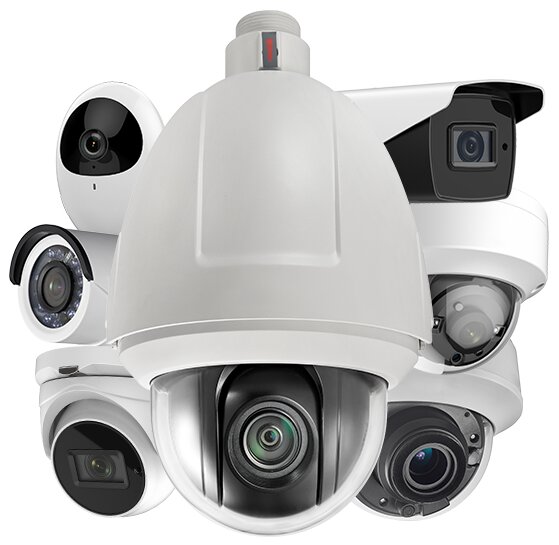
As well as supplying and installing security equipment that can effectively deter unwanted intrusions, we also offer security products that are attractive and fit in aesthetically in a modern environment. All our security cameras and systems are fitted to the highest standards.
We only install the best CCTV and Alarms systems available, custom built and tailored to your needs.
If you have any questions or queries, please contact our team.
call us on
